So I'll take pictures instead.
On another note: Doug, I believe I collected some of those killis actually, when I realized what they were I had already captured more males than females, so now I pretty much have to go back for some girls since I have probably 4.1 of the L. ommata. Forgive me killi gods.
Anyway, back to the picture dump.
First is the Elassoma tank which I believe is just a 15 gallon. Over the course of the next month or so, I'm going to try to integrate it into my 29 gallon with the hets and killis though. It has better lighting so the plants should grow out much better.
First is a front and to side views, the plants are java moss and two I picked up from the swamp. DUnno the I.D. one looks like Elodea and the other a red hornwort.
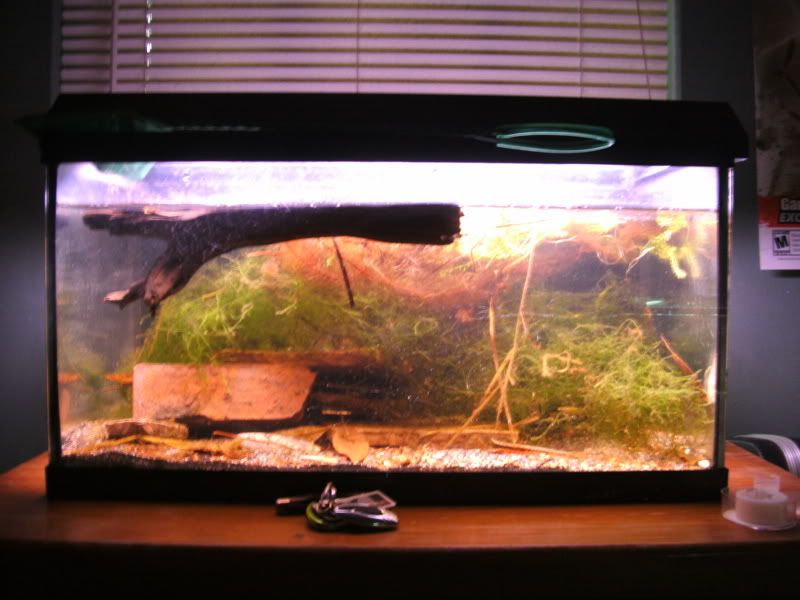
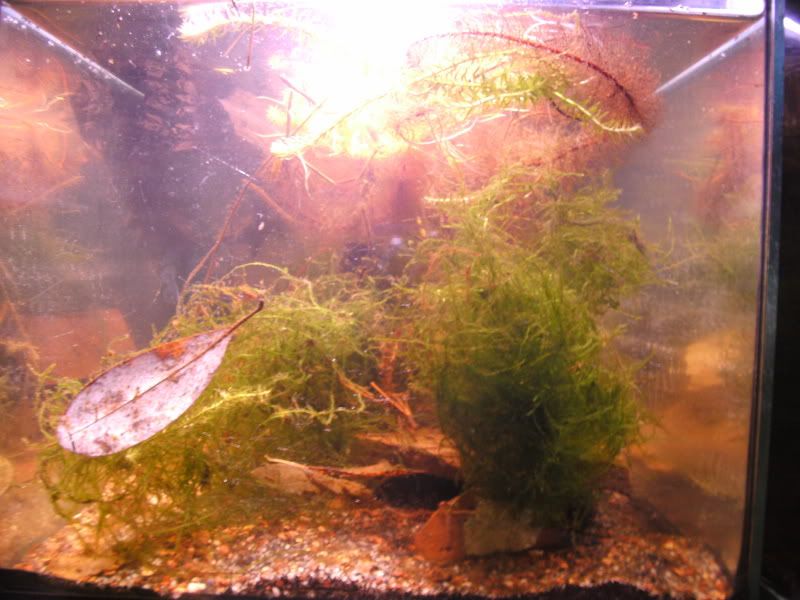
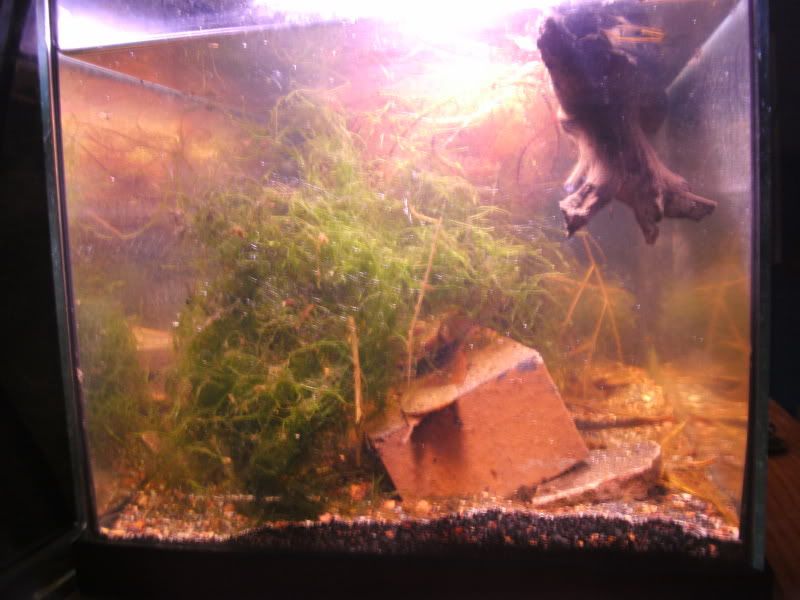
I did manage one ok shot of the Elassoma. I think they might be evergladei.
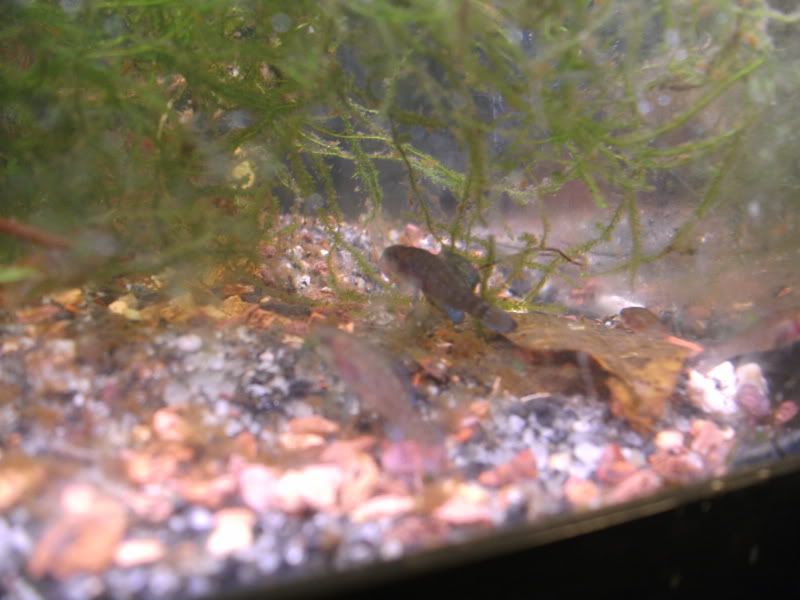
and then a shot of the 29. The light is usually 130 watts but I have to go pick up new bulbs. In it are about 15 H. formosa, the majority of the L. ommata (4 of the killis are actually in the 15 as they eluded my initial attempts at capturing them), 3 Corydoras cats, and 2 Amano shrimp. I recently pulled out 3/4 of the java moss, so thats why it looks empty.
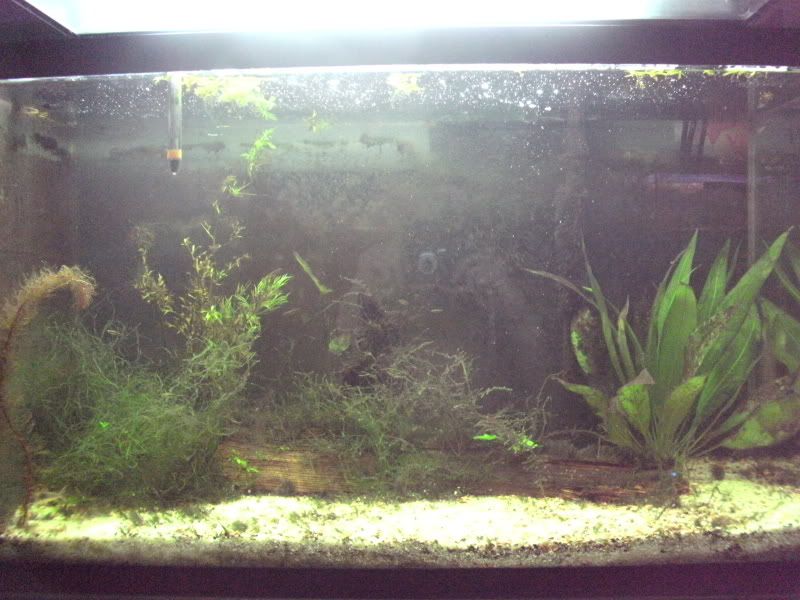
Here is a picture of one of the new H. formosa as well as what I expect to be a male L. ommata.
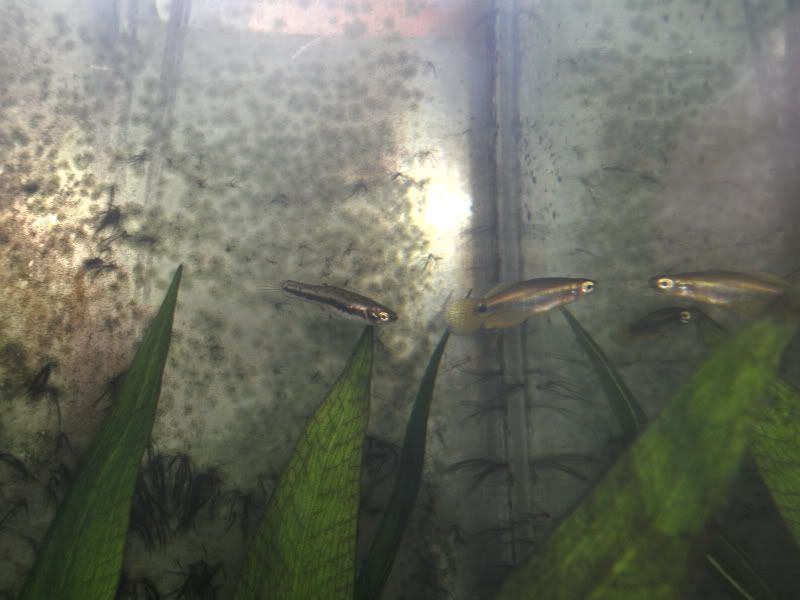
I've one more tank but its probably of no interest since its just a single Jewel Cichlid in a dim lit tank with java fern, moss, and a lonely banjo cat.









